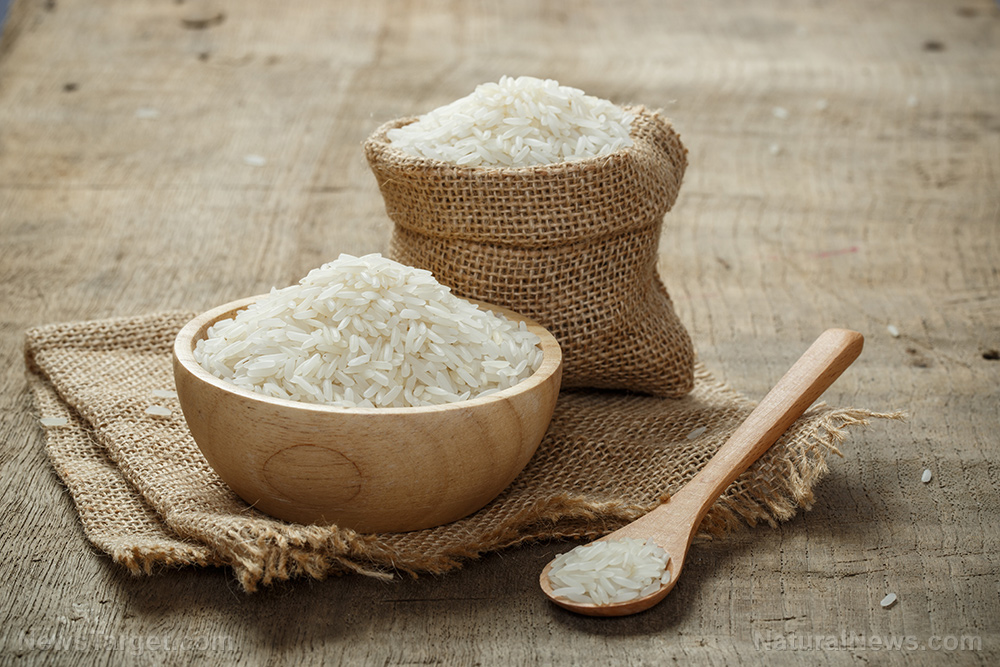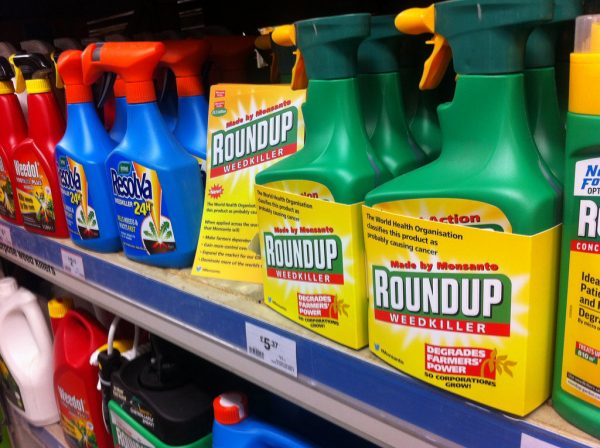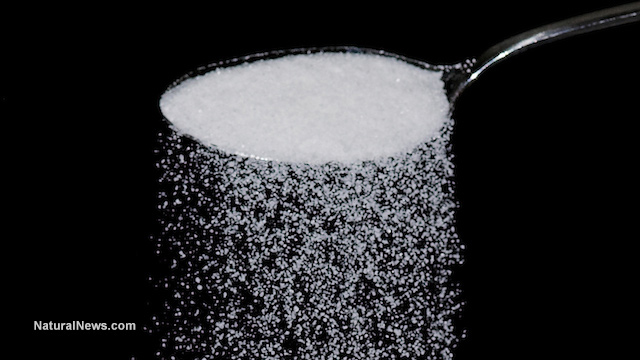 Parler
Parler Gab
Gab
- A study by Healthy Babies, Bright Futures (HBBF) found arsenic in all 145 tested rice samples (both U.S. and imported brands), with one in four exceeding the FDA's 100 ppb limit for infant rice cereal. Cadmium was also detected in nearly all samples.
- Brown rice from the southeastern U.S. had the highest heavy metal levels, while California white rice and imported varieties (e.g., Thai jasmine, Indian basmati) showed lower contamination. Saffron-seasoned rice had alarmingly high lead levels.
- Arsenic, a known carcinogen, poses severe risks to infants and toddlers due to their developing bodies. Despite FDA limits for infant cereal, no standards exist for regular rice, a common food for young children.
- While some companies (e.g., Mars Inc.) claim compliance with safety standards, critics argue regulations are inadequate. The FDA has not set limits for arsenic in general rice products.
- Experts advise diversifying grains (e.g., quinoa, barley), rinsing rice and using excess water when cooking to reduce arsenic. For infants, oatmeal or multigrain cereals are safer alternatives.
The shocking truth about arsenic in rice
Arsenic, the most prevalent toxin detected, is a known carcinogen linked to developmental delays, cardiovascular disease and cancers. While the FDA limits this heavy metal in infant rice cereal, no such standard exists for general rice consumption – despite children's heightened vulnerability. "Fetuses, infants and children are particularly vulnerable to the potential harmful effects from arsenic exposure because of their smaller body sizes and rapid metabolism and growth," the regulator stated. Historical context underscores the gravity of the findings. Arsenic, once used as a poison, persists in soil due to industrial pollution and natural deposits. Rice absorbs it more readily than other crops, especially when grown in flooded fields. Industry responses have been mixed. Mars Inc., maker of Ben's Original Rice, asserted its products meet safety standards, while the USA Rice Federation disputed claims of a public health crisis but pledged collaboration with regulators. Critics argue current measures are insufficient, however. Health experts recommend diversifying grains, rinsing rice thoroughly and cooking it with excess water to reduce arsenic levels. For infants, alternatives like oatmeal or multigrain cereals are advised. (Related: Arsenic in Brown Rice? Here's how you can keep enjoying this nutritious grain.) Oregon State University environmental epidemiologist Molly Kile, who wasn't involved in the report, emphasized moderation. She noted that while rice can still ban still be part of a healthy diet, consumers must be sure to switch it up. As science sheds light on this invisible threat, consumers face a dilemma: Balancing convenience and tradition against potential risks. With regulatory action lagging, informed choices and demand for stricter oversight may be the best defense against a toxin hiding in plain sight. Visit HeavyMetals.news for more similar stories. Watch this report by KSAT 12 about common spices testing positive for arsenic and other heavy metals. This video is from the Daily Videos channel on Brighteon.com.More related stories:
New study confirms brown rice contains 40% more toxic arsenic than white rice, putting young children at risk. Food safety tips: How to reduce the arsenic in your rice by 80 percent. Are you slowly poisoning yourself with… rice? Sources include: TheEpochTimes.com CBSNews.com GlobalNews.ca Brighteon.comThe great vaccine debate: Unmasking America’s aggressive COVID-19 booster policy
By Belle Carter // Share
The 20 deadliest sugar-loaded foods and how to replace them before they kill you
By Lance D Johnson // Share
Governments continue to obscure COVID-19 vaccine data amid rising concerns over excess deaths
By patricklewis // Share
Tech giant Microsoft backs EXTINCTION with its support of carbon capture programs
By ramontomeydw // Share
Germany to resume arms exports to Israel despite repeated ceasefire violations
By isabelle // Share










